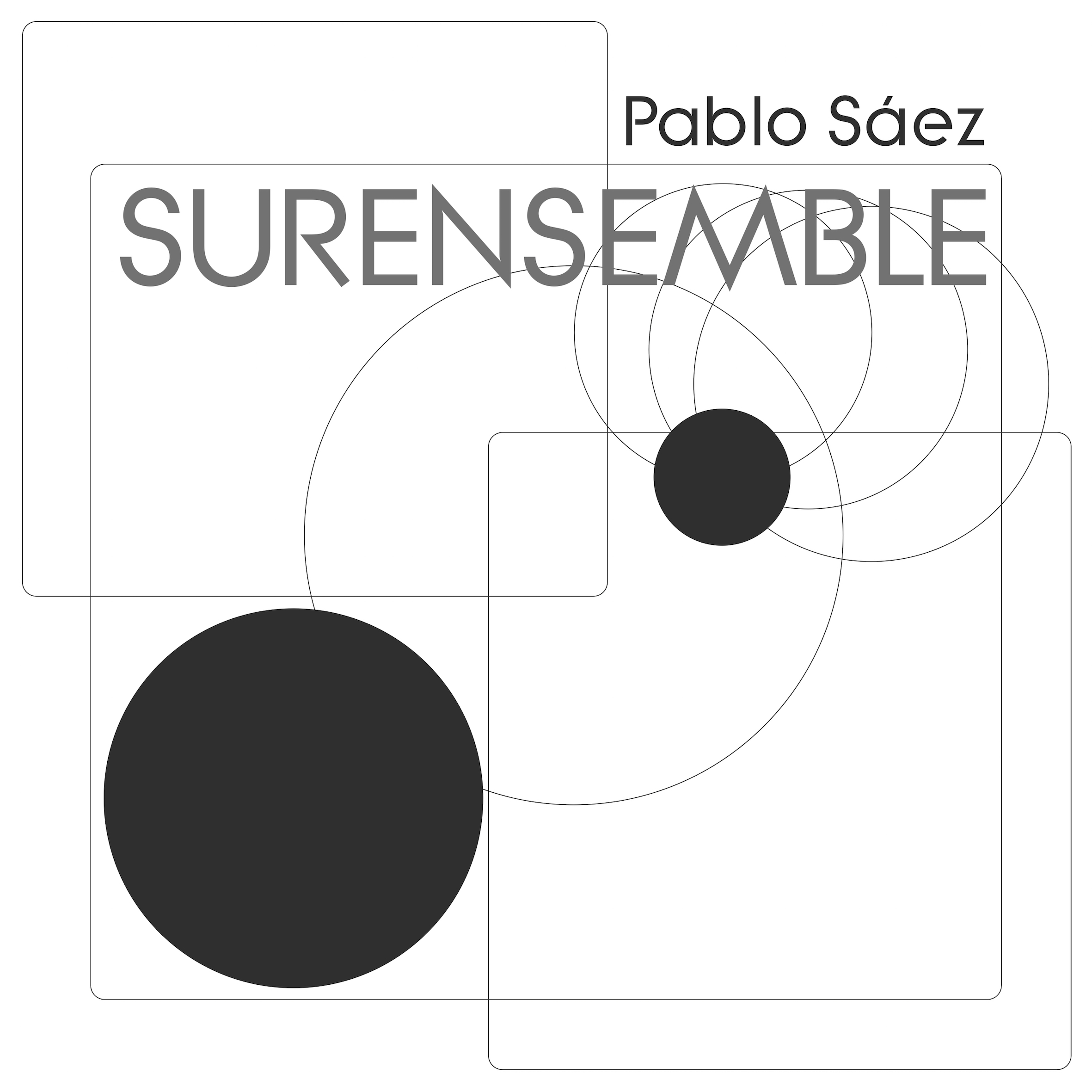The experimental process in this album includes many different types of (formal) musical notation. A lot of them aren’t exactly related to North American Jazz, but instead to baroque and contemporary classical music. The blending of these different notation styles opens up an entirely new perspective that an experienced musician can deconstruct in many different ways. A single piece, for example, can blend Arnold Schönberg with John Cage, while another can bring together Agustin Barrios and Steve Reich. In this rereading of notes that exist only in the fleeting moments when they are played, fantastic things can happen. The unique phrasing of each musician is what makes such moments unreproducible.
The fact that the members have matured, musically speaking, in Germany has undoubtedly influenced the way they make music, but it doesn’t mean that they want to make European music. Their search for new improvisational structures is thanks to the way the contemporary Jazz movement has, in 2017, taken on very diverse and extreme new directions. Latin American music is not exempt from this cultural shift. Indeed, it continues to mutate and morph into new figures and styles that they have attempted to capture on this record.
So, with this theoretical framework, the composer only needed to choose a good motif to repeat, interpret and reinterpret. The motif chosen was 108. The number 108 as a motif is the beginning and end in this serial composition. Some of the ideas behind this particular number come from astronomy and Hinduism. For those who weren’t aware, for example: “The distance between the Earth and the Sun is approximately 108 times the Sun’s diameter”. “The diameter of the Sun is approximately 108 times the Earth’s diameter”. “The distance between the Earth and the Moon is approximately 108 times the Moon’s diameter”. “For the ‘yogis’, a solar year is divided into 27 equal parts. Each one of them is subdivided into four equal sectors called ‘padas’ or steps, which mark the 108 steps that the Sun and the Moon take across the sky”.
With these ideas the composer has tried to place this record in a space and time, and to give it a homogenous shape. It is the result of a patient, loving process, and of the unconditional support of colleagues and family. Surensemble means “subset” in French. Just as the number 108 is the set and subset of these compositions, the musicians are also part of many musical projects that are being developed right now in Europe, and are driving South American music forwards.
Staff:
Mixed by Michael Bishop, 5/4 Productions – Ohio USA
Master: Walter Quintus (R.I.P) – Nideggen, Germany
Rec. Engineer: Arthur Jogurts – Essen Germany Digital Recording: Folkwang Studio
Photo: Luis Cruz – Cologne Germany
Art & Design: Andrés Sáez – Santiago, Chile
Layout: Anette Herrmann – Hamburg, Germany
Produced by Pablo Sáez
© Allá Records
with:
João Luis Nogueira: Acoustic Guitar
Alvaro Severino: Electric Guitar
Pablo Paredes: Piano
André de Cayres: Double Bass
Pablo Sáez: Drums, Xylophone, Arrangement, Composition.
*For “Arrullo” feat.: Marta Espirito Santo Hoppe – Cello

